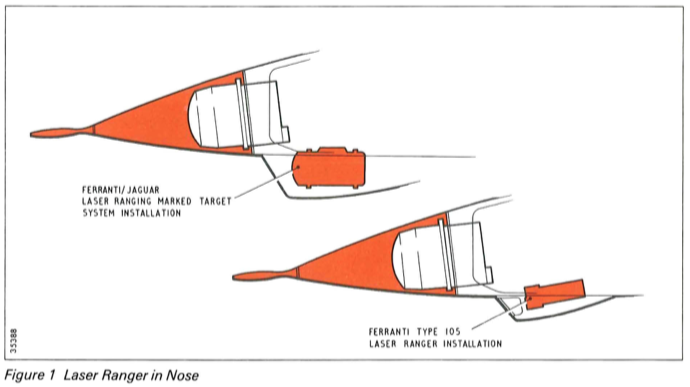- Joined
- 27 September 2006
- Messages
- 6,356
- Reaction score
- 6,659
The row between Healey and Messmer after the demise of AFVG coincided with yet another financial crisis in London and led to the cancellation of the Jaguar.
The Gnat trainer had only recently been introduced and RAF 38 Group and RAFG were bringing in Phantoms and Harriers to replace Hunters and Canberras. So noone, except for BAC, were too upset by the demise of Jaguar.
Deprived of AFVG and Jaguar BAC returned to its P45/UKVG studies.
Healey had secured the Harrier for Hawker Siddeley and US Marine interest would soon increase their order books.
The RAF were happy to at last have a two seater two engine modern supersonic fighterbomber in the shape of the Phantom.
Frankly they could have done without Harrier if it meant more Phantoms.
The decision to end naval fixed air power added the Buccaneer S2 to the RAF inventory which not only could do maritime strike but also replace Canberras in RAFG.
The RAF were relieved to be spared a BAC product and Healey was left with the thorny issue of which aircraft should replace the present lineup of Vulcans, Buccaneers, Phantoms and Lightnings in the 1970s.
Cooperation with France was dead (Concorde was protected by treaty and did not involve Dassault!)
Dollars for more Phantoms even at generous prices were like hens teeth.
Hawker Siddeley rubbed BAC's noses in it by offering more Buccaneers in the strike role.
It was the Luftwaffe that came to BAC's aid.. Desperate to have a decent fighter to replace the F104 and not so impressed with the twin seater F4 they had a design for a super fighter called the NKF (New Combat Aircraft).
NKF was very close to the BAC P45 and the RAF needed to replace its Lightnings with a homegrown product. Italy was soon on board and NCF/NKF 75 was born.
The aircraft had two engines and the fighter versions were single seaters but a two seater combat trainer was also ordered..This later provided the basis for all the RAF fighters.
The Gnat trainer had only recently been introduced and RAF 38 Group and RAFG were bringing in Phantoms and Harriers to replace Hunters and Canberras. So noone, except for BAC, were too upset by the demise of Jaguar.
Deprived of AFVG and Jaguar BAC returned to its P45/UKVG studies.
Healey had secured the Harrier for Hawker Siddeley and US Marine interest would soon increase their order books.
The RAF were happy to at last have a two seater two engine modern supersonic fighterbomber in the shape of the Phantom.
Frankly they could have done without Harrier if it meant more Phantoms.
The decision to end naval fixed air power added the Buccaneer S2 to the RAF inventory which not only could do maritime strike but also replace Canberras in RAFG.
The RAF were relieved to be spared a BAC product and Healey was left with the thorny issue of which aircraft should replace the present lineup of Vulcans, Buccaneers, Phantoms and Lightnings in the 1970s.
Cooperation with France was dead (Concorde was protected by treaty and did not involve Dassault!)
Dollars for more Phantoms even at generous prices were like hens teeth.
Hawker Siddeley rubbed BAC's noses in it by offering more Buccaneers in the strike role.
It was the Luftwaffe that came to BAC's aid.. Desperate to have a decent fighter to replace the F104 and not so impressed with the twin seater F4 they had a design for a super fighter called the NKF (New Combat Aircraft).
NKF was very close to the BAC P45 and the RAF needed to replace its Lightnings with a homegrown product. Italy was soon on board and NCF/NKF 75 was born.
The aircraft had two engines and the fighter versions were single seaters but a two seater combat trainer was also ordered..This later provided the basis for all the RAF fighters.


